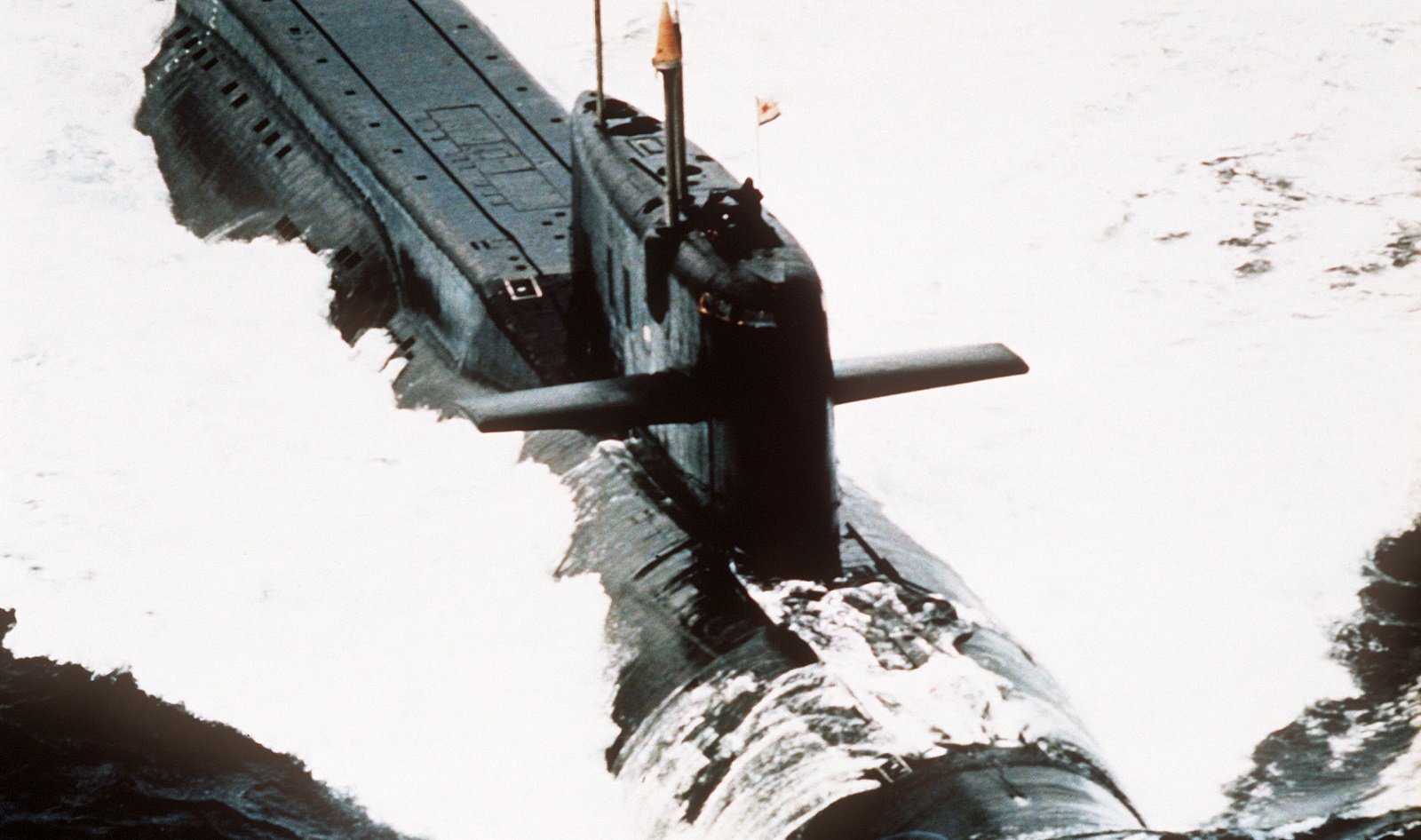
pressurized domes such as the USF Sun Dome where pressure loss would cause collapse of the structure. hazardous environments, such as nuclear reactors and some biochemical laboratories, in which dust, particles, and/or biological agents are prevented from leaking out by maintaining the room at a lower pressure than the surroundings. cleanrooms, protected environments in which dust, dirt particles, harmful chemicals, and other contaminants are excluded partially by maintaining the room at a higher pressure than the surroundings. torpedo tubes and escape trunks in submarines are airlocks. submarines, diving chambers, and underwater habitats to permit divers to exit and enter. hyperbaric chambers, to allow entry and exit while maintaining the pressure difference with the surroundings.  spacecraft and space stations, to maintain the habitable environment when persons are exiting or entering the craft. aviation, certain airplanes are equipped with airlocks for skydiving, and/or emergency exits. This is critical in scuba diving, and a diver may have to wait in an airlock for some hours, in accordance with decompression tables.
spacecraft and space stations, to maintain the habitable environment when persons are exiting or entering the craft. aviation, certain airplanes are equipped with airlocks for skydiving, and/or emergency exits. This is critical in scuba diving, and a diver may have to wait in an airlock for some hours, in accordance with decompression tables. 
Where a person who is not in a pressure suit moves between environments of greatly different pressures, an airlock changes the pressure slowly to help with internal air cavity equalization and to prevent decompression sickness. This is analogous to a waterway lock: a section of waterway with two watertight gates, in which the water level is varied to match the water level on either side.Ī gradual pressure transition minimizes air temperature fluctuations (see Boyle's law), which helps reduce fogging and condensation, decreases stresses on air seals, and allows safe verification of pressure suit and space suit operation. Before opening either door, the air pressure of the airlock-the space between the doors-is equalized with that of the environment beyond the next door to open.






 0 kommentar(er)
0 kommentar(er)
